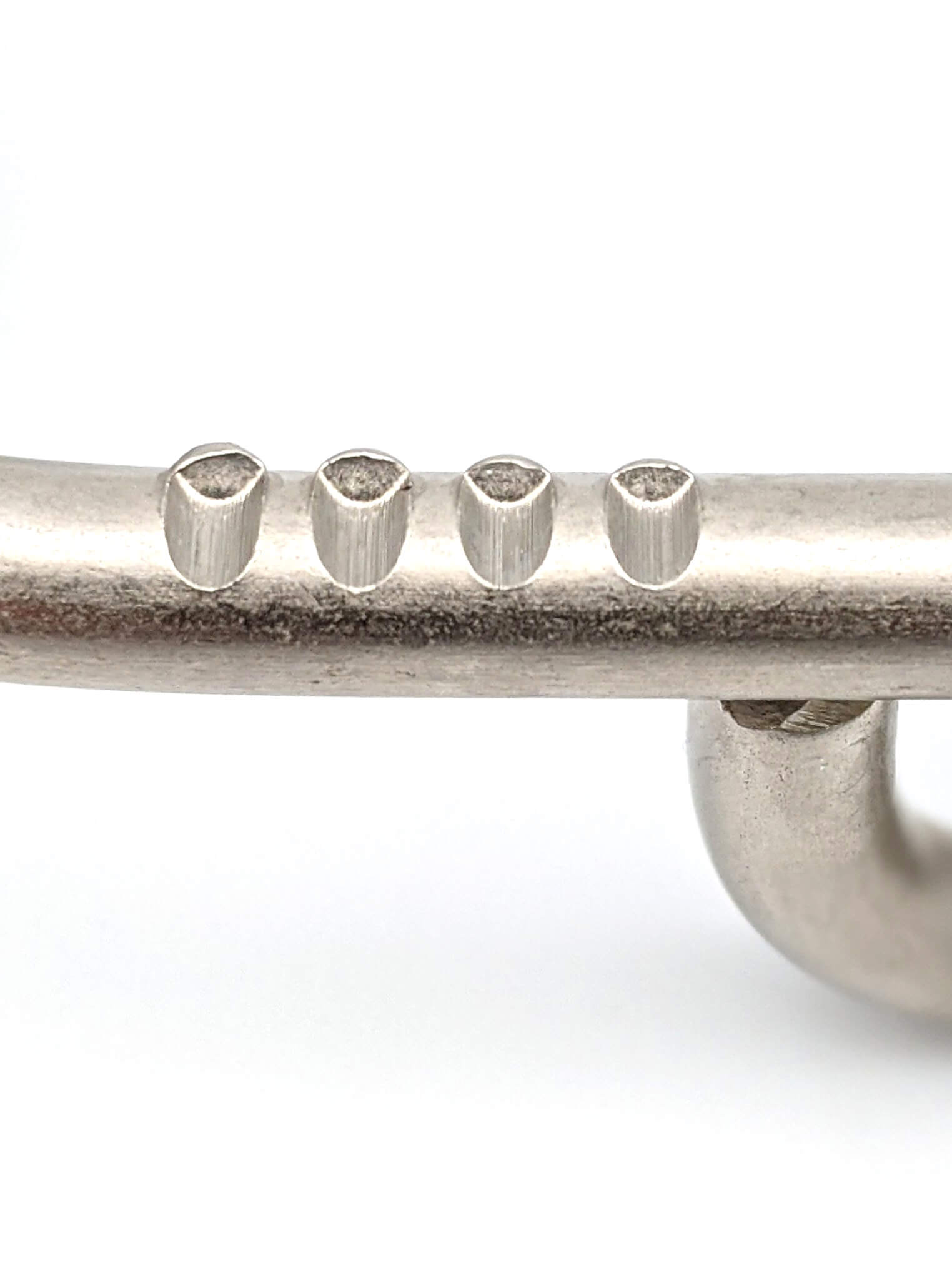Get unique, complex parts easily. No matter your requirements, Chaoyi Spring creates hard-to-produce coil springs and wire forms.
Let us help you create the custom wire form you need, from S-hooks and J-hooks to utility hooks and more.
We work closely with customers across a wide range of industries, helping them design and manufacture made-to-order parts.
Why choose Chaoyi Spring? We prioritize customer-focused collaboration, modern equipment and the latest technology to make your parts per print.
Find the information and guidance you need, from measuring a spring to learning about materials, placing an order and much more.
1 inch diameter compression springs are versatile components used in a wide range of applications, from automotive and industrial machinery to consumer products. Understanding their characteristics, design considerations, and proper


1 inch diameter compression springs are versatile components used in a wide range of applications, from automotive and industrial machinery to consumer products. Understanding their characteristics, design considerations, and proper selection is crucial for ensuring optimal performance and longevity. This comprehensive guide will delve into the key aspects of 1 inch diameter compression springs, providing valuable insights for engineers, designers, and anyone seeking to leverage their capabilities.

Compression springs, as their name suggests, are designed to store mechanical energy when compressed. They are typically made of coiled wire, with the ends shaped to fit into specific applications. When a force is applied, the spring compresses, storing potential energy. Upon release, the spring returns to its original length, releasing the stored energy. This fundamental principle makes compression springs invaluable for various functions, including absorbing shocks, providing constant force, and returning objects to their original position.
1 inch diameter compression springs, specifically, offer a balance between size and load capacity. Their relatively large diameter enables them to handle significant forces while maintaining a compact footprint. This makes them suitable for applications where space is limited but high spring rates are required.
The performance of a compression spring is influenced by several factors. Understanding these factors is essential for choosing the right spring for a particular application. Some key considerations include:
The versatility of 1 inch diameter compression springs makes them suitable for a wide range of applications across various industries. Some common uses include:
When designing a system involving 1 inch diameter compression springs, several factors must be considered to ensure optimal performance and longevity. These include:
Choosing the right 1 inch diameter compression spring for your application involves carefully considering the factors mentioned above. If you're unsure about the specific spring requirements, consult with a spring manufacturer or a qualified engineer. They can provide expert advice and guidance, helping you select the optimal spring for your needs.
When selecting a spring, pay attention to its specifications, including:
1 inch diameter compression springs are highly versatile components used in numerous applications. Understanding their characteristics, design considerations, and proper selection is essential for achieving optimal performance. By considering the factors outlined in this guide, you can ensure that the chosen spring meets the specific requirements of your project. Whether you're an engineer designing a complex machine or a hobbyist building a simple mechanism, a thorough understanding of 1 inch diameter compression springs can enhance your design process and lead to successful outcomes.
In conclusion, 1 inch diameter compression springs offer a unique blend of size, strength, and versatility, making them valuable components for a wide range of applications. By carefully considering the design considerations and selecting the appropriate spring based on your specific requirements, you can leverage their capabilities to create reliable and efficient systems. Understanding the factors discussed in this guide will help you navigate the world of compression springs and optimize your designs for success.
Browse some of the custom wire forms and springs that we manufacture. Don’t see what you need? We specialize in made-to-order products that meet your application requirements.
Visit Our GalleryNeed a custom wire form or coil spring? We make it work. Fill out the contact form and a representative will respond within 1 business day. If you have a PDF or CAD file, you can submit to request a quote.